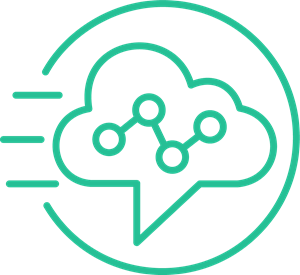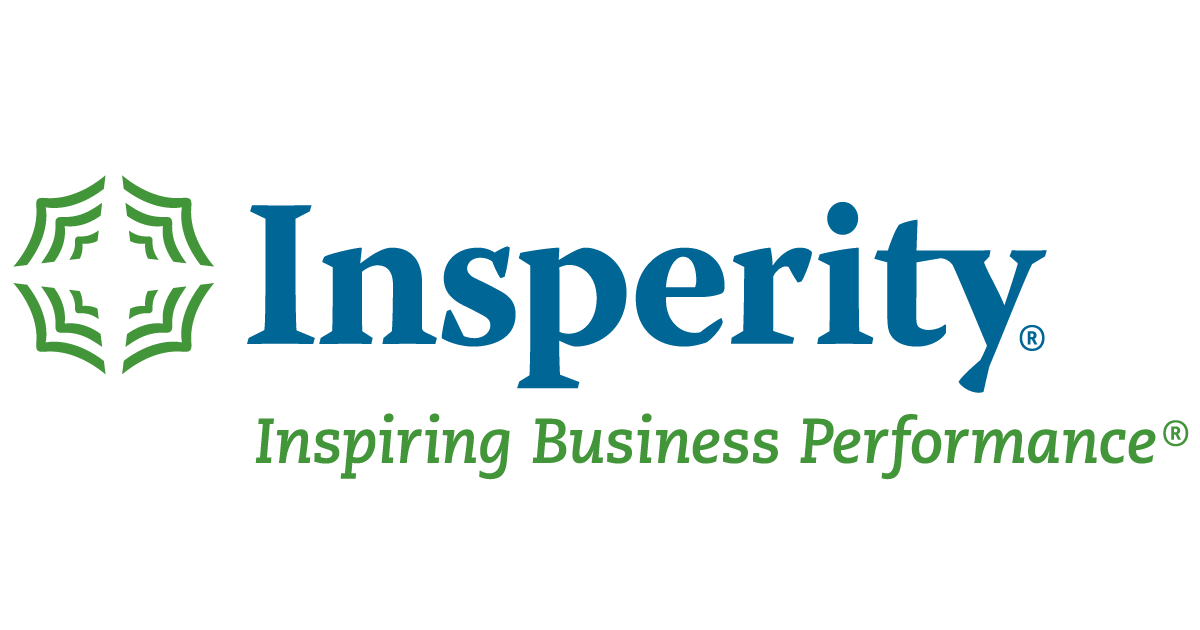As the title suggests, this post is a followup to a post I wrote recently about the various customer care systems I was using. A lot has happened since I wrote that post and I’ve since been researching a variety of alternatives. Ultimately I’m moving away from every single one of the tools I reviewed in that post so I thought before I jumped into a post about the new tool, which actually incorporates all these tools in one system, I’d touch on why I didn’t move forward with the existing setup.
I wish this system would have worked out because they have all the right ideas about reporting, integration, and user interfaces. Ultimately where they failed for me was call quality and on-boarding. The on-boarding can be forgiven of a small startup, but the call quality was too much. Basically many of the issues my team was experiencing was just a matter of a misunderstanding of the software, since no one ever explained these various things to me though I had no shot at correcting them. My ticket response time was somewhere around a week to never, so right from the start I was concerned about being left out to dry. As far as quality goes, the company claimed it was because I was forwarding the numbers instead of porting them over. Maybe this was true, but by the time someone bothered to tell me this we were already back on our old phone system. another problem was that the audio was too low on our USB headphones. Only after excessive complaining was I told that aux headphones were the only type they recommended. This review sounds harsh but I would really still recommend them to a smaller company that just wants a simple system without buying a bunch of hardware. We were simply set up to fail from the start. I was also assured that more support staff was being hired but again it was too late. Check them out if you’re in the market but make sure to review these concerns with them. The thing about TalkDesk is that they are completely worth a shot because they are cheaper and have more functionality than anyone else I had seen in that price range. The downside is that you have to switch back, but the upside if it works for you is huge. I still wish we could try this again but I’ve lost the confidence of the team when it comes to this product.
Help Scout is a great simplistic help desk tool that enables you to reply to support emails. It’s a cheaper version of Desk.com or ZenDesk. This is a great tool and I’ve enjoyed using it. My problem is with all help desk software in general. It’s too ambiguous to simply tell people to go through email. and reply. Maybe a fourth of my team actually does that when phones are slow. The ideal way to distribute email is individually to individual agents. My new system will do this so it will remove the gray area of who should do email when. There is probably a way to assign emails automatically, but I don’t think there is a way to do it evenly, and certainly not according to skill, so this option is not ideal. Additionally, Help Scout was the anchor for the whole system and the only phone system it integrates with was TalkDesk. So if you want a full blown integration that’s your only way. If you go with one of the more well known systems you can chose between a variety of phone systems and countless integrations, so it may ultimately be worth the extra money every month. Aside from those concerns this tool was a good one.
This system was actually pretty flawless. It gives you a ton of options on how to display and present chats and the user interface is great as well. The chat agents have no complaints about it. The reason I’m moving away from this is for the same reason as the email: It’s too ambiguous who should chat and when. I have to dedicate full time people to that role right now so when the phones are slammed I have to manually move them to that. Having an algorithm that calculates the priorities based on demand and then matches them with agent skills is a superior way to distribute these contacts, so in light of that I’m switching to a new system.
As soon as I get some deeper training I’ll reveal the new system I’ve discovered. As you might imagine it is going to cost twice as much as these systems in total, so it only makes sense at scale. If you’re a smaller company with 10 or less call center agents I still think these 3 are the way to go, but once you exceed that size I think you need to look in the enterprise space. Stay tuned for my adventures with “customer experience platforms”!




